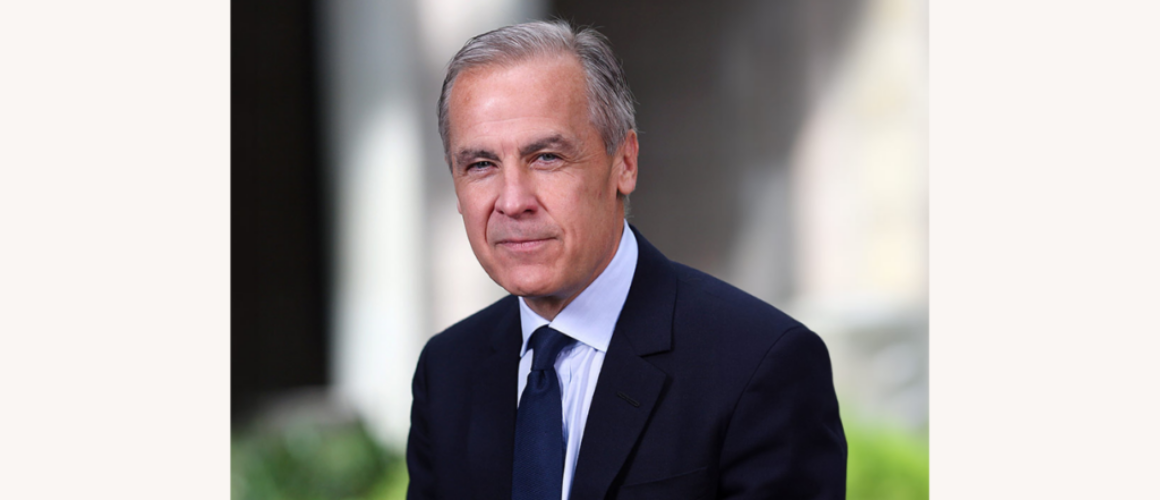Carney’s Cabinet: Rebuilding Canada’s Global Backbone Amid U.S. Volatility

Ottawa, ON – Canada is bracing for a critical political reshaping under Prime Minister Mark Carney, as his newly elected government prepares to unveil its first full cabinet on Tuesday, May 13. Far from a mere reshuffle, this cabinet represents a bold recalibration of Canada’s domestic and international stance—strategically positioned at a time when U.S.-Canada relations are teetering between partnership and pressure.
Carney’s ascension was marked by a rare blend of economic authority and diplomatic subtlety, honed through years at the helm of both the Bank of Canada and the Bank of England. Now, as Prime Minister, he faces the difficult task of asserting Canada’s independence while preserving vital economic ties—especially with a newly emboldened U.S. administration under Donald Trump.
A Cabinet Built for a Realignment
According to senior officials inside the Prime Minister’s Office, the new cabinet will be distinctively modern in scope, integrating departments that reflect both global and generational shifts. There’s a strong likelihood that the government will introduce:
-
A Ministry for AI, Innovation, and Economic Security, designed to safeguard Canada’s tech and digital infrastructure.
-
A Special Council for Trade Diversification, focusing on Indo-Pacific and African partnerships beyond NAFTA-style dependencies.
-
A Reimagined Foreign Affairs Ministry, expected to deepen ties with France, Germany, Japan, and Australia, while reducing operational reliance on U.S. foreign policy.
Carney has also hinted at significantly boosting Indigenous representation—not just in token roles, but within financial and justice portfolios. This could lead to landmark initiatives on Indigenous entrepreneurship, legal reform, and land restitution programs.
Standing Tall Against Washington
Carney’s recent meeting with former President Trump made headlines for a comment that’s already being turned into bumper stickers: “Canada is not for sale.” This wasn’t a throwaway line. It was a deliberate rebuke of long-standing U.S. narratives that view Canada as a junior partner—or worse, a resource-rich extension of American interests.
The cabinet announcement is timed to reinforce this stance. Senior policy advisers have confirmed that national defense spending will increase by 0.7% of GDP, focusing not on offensive capabilities but cyber defense, coast guard modernization, and Arctic sovereignty. In short, Canada is battening down the hatches—not because it’s turning inward, but because it’s preparing for a post-American world order.
Strategic Appointments with Global Significance
Former UN diplomat Anjali Deshmukh is rumored to head the new Ministry of Climate and Global Cooperation, while Quebec economist Francois Belliveau could lead the Ministry of Finance. Alberta’s rising Conservative-Liberal hybrid MP, Jordan Speer, may take the reins at the newly expanded Infrastructure and Resource Security Office, bridging green goals with pipeline pragmatism.
These appointments will not only signal domestic unity, but also serve as a message to allies and markets: Canada is back in the game—and it’s no longer playing defense.
Looking Ahead
In a world where democracies are being challenged from within and without, Mark Carney’s cabinet rollout is more than a governance exercise. It is a statement of intent, a reintroduction of Canada as a stable power in a chaotic geopolitical theatre.
Carney, known for his discipline and foresight, appears to be playing a long game. And if his cabinet delivers on even half of its rumored mandates, Canada could become a model for other mid-sized democracies seeking relevance in a multipolar world.